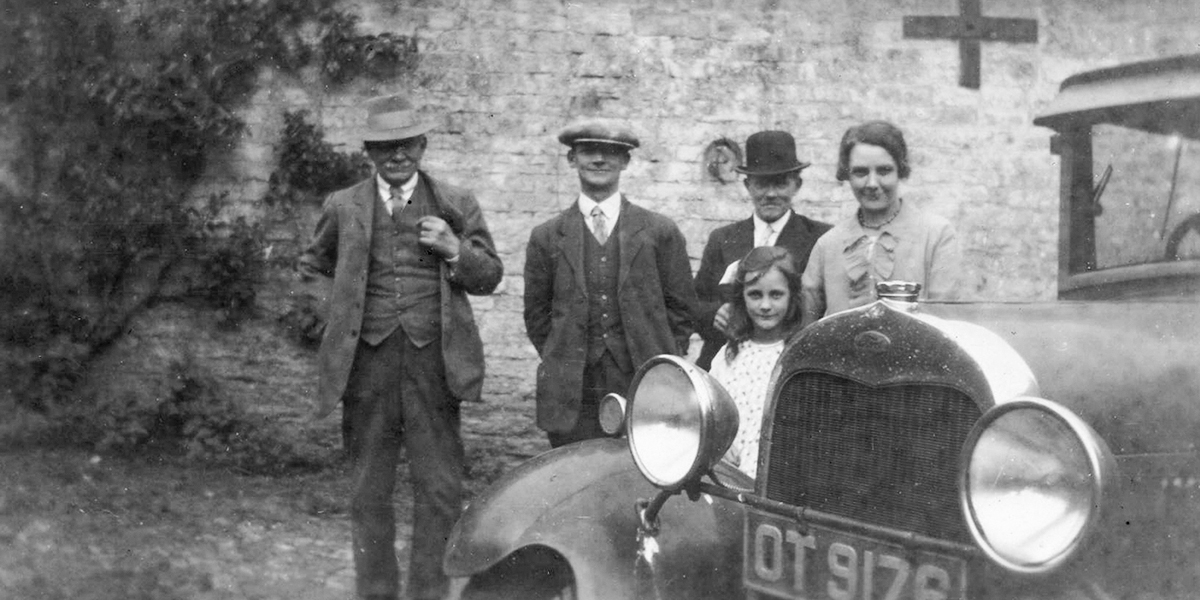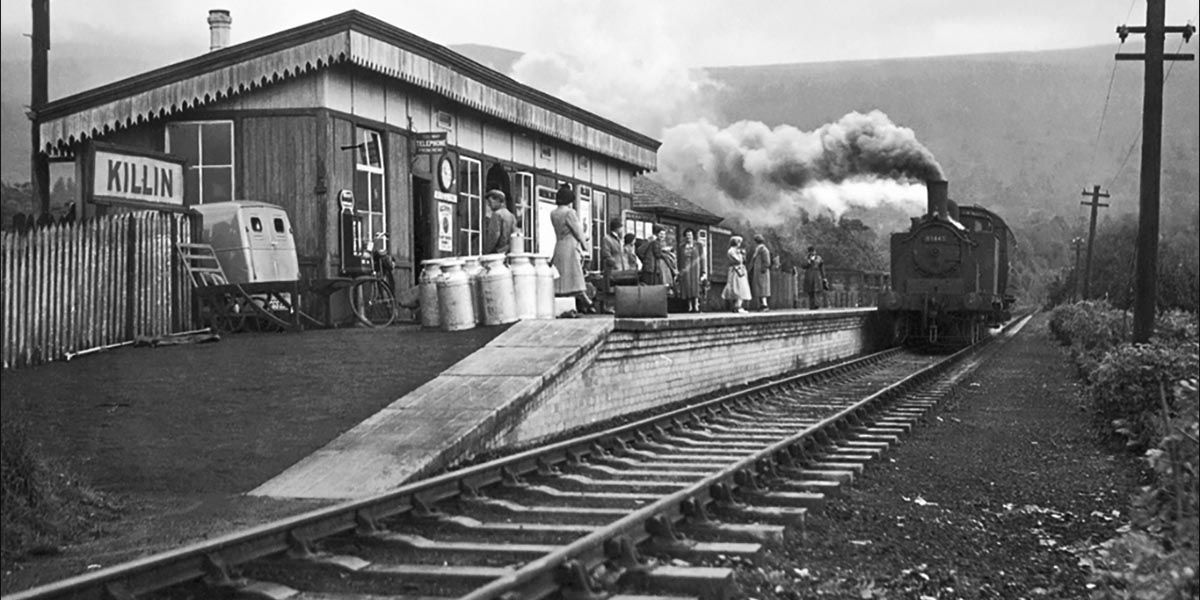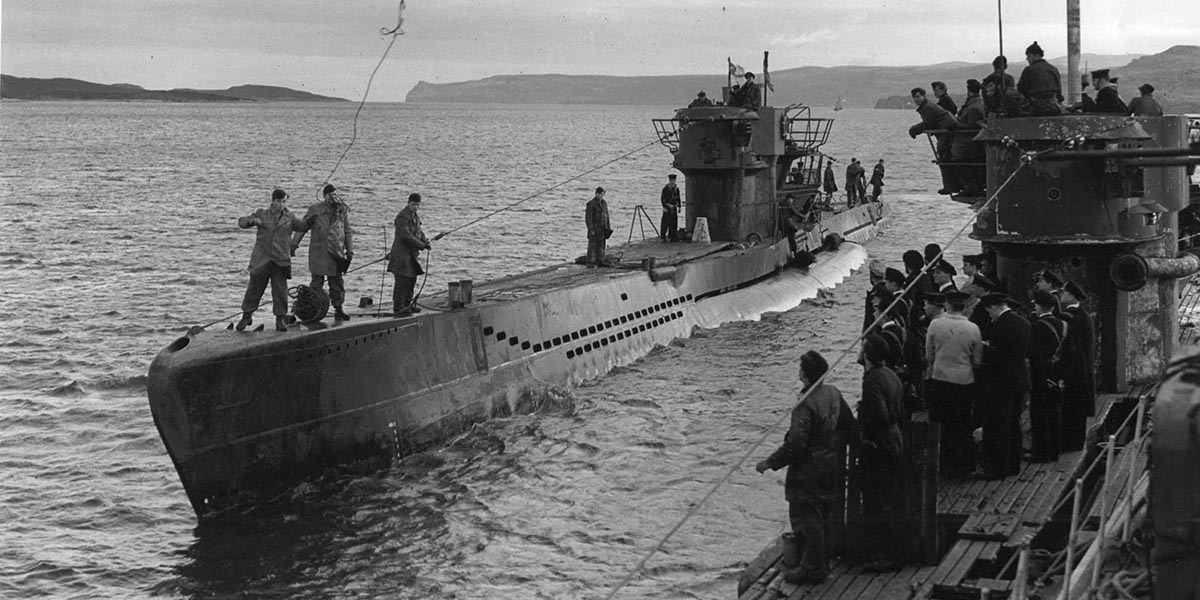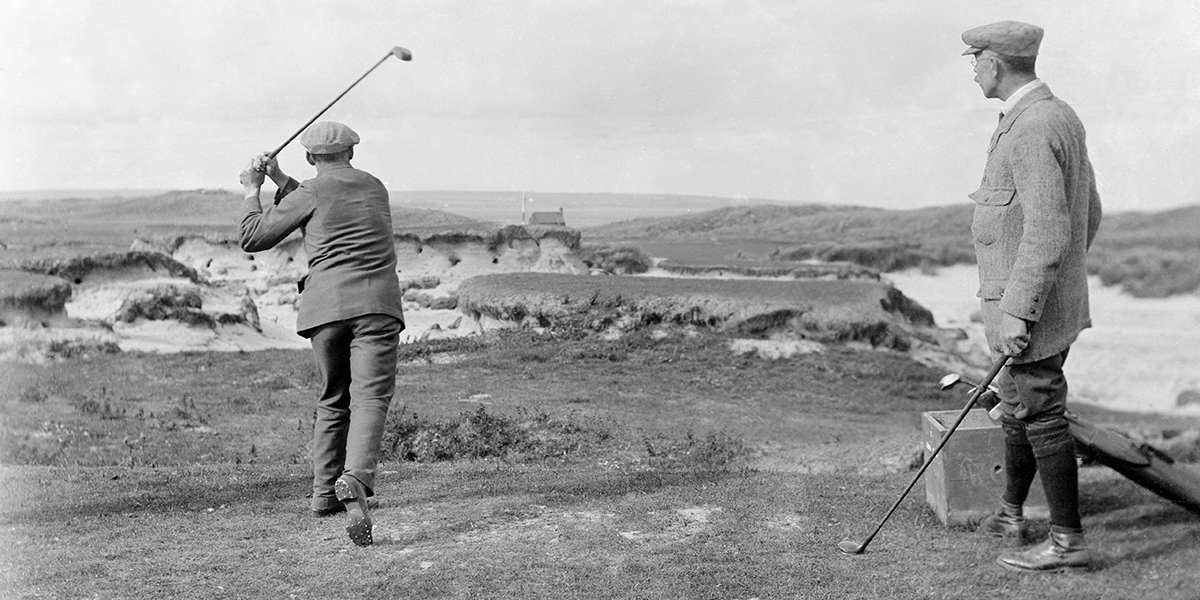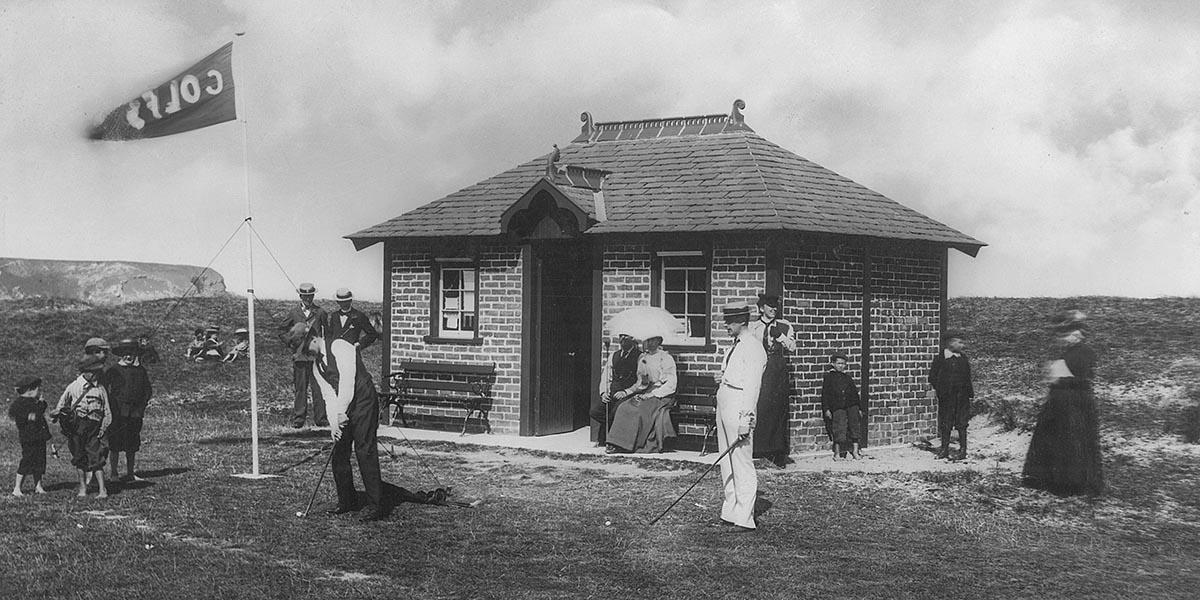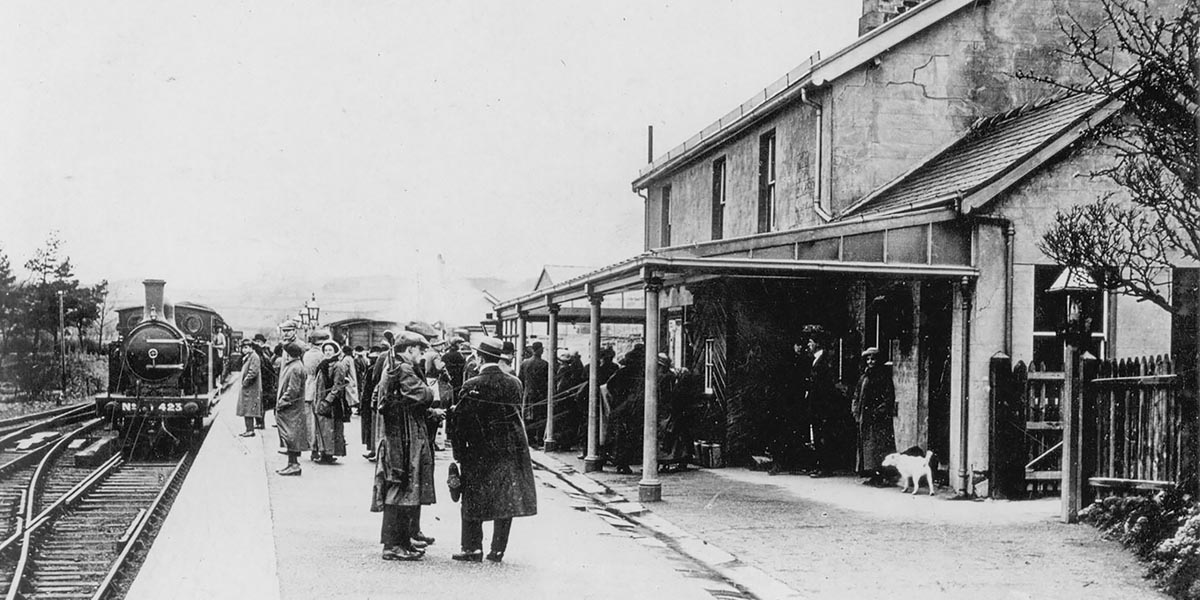These were no yellow submarines and there was no life of ease. They were not even proper submarines – they were essentially diesel-powered surface ships which could travel submerged for short periods and at slow speed using electric power from their auxiliary engine. Recharging the electric motors on the surface would take eight hours at reduced speed and four if stationary and highly vulnerable. The most common craft, the Type VII, could accommodate a crew of forty-six; there were no washing facilities, no change of clothes, no fresh air circulation when submerged and the submariners lived with constant damp. When the boats surfaced the equalisation of pressure caused the water in the dank vessel to evaporate and the boat filled with steam. Above and beneath the waves it was a fetid world of sweat, noise, marine oil and torrid temperatures. In supposed compensation, food was good quality, plentiful and stored in every spare nook and cranny throughout the boat – it all tasted of diesel. This was a gruesome place to die and many did; between 1939 and 1945, seven hundred and thirty-three U-Boats were lost. In return they sank 2,753 Allied ships.

The image of the U-Boat surrender is reproduced with the kind permission of Durness.org: The Past and Present of Durness. The image was donated to Durness local archive by Mr Billy Morrison now deceased. He was given the photograph by a professional news photographer after the war
